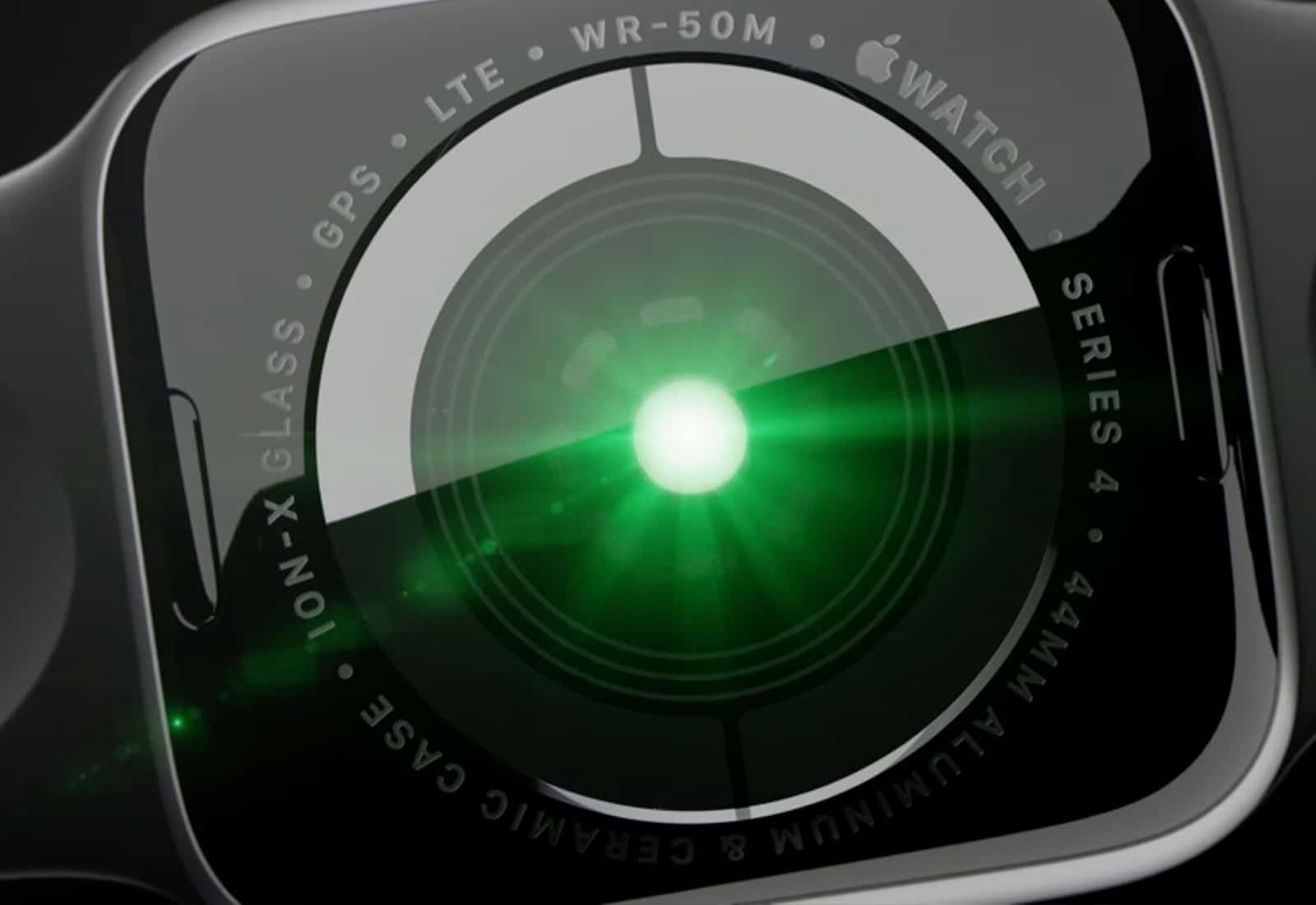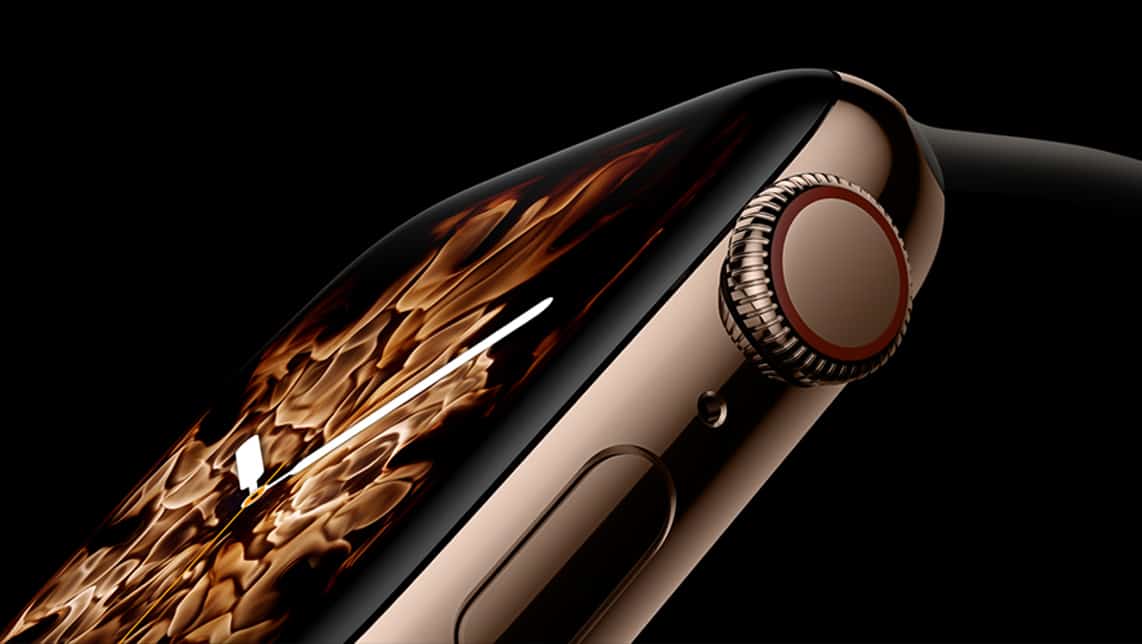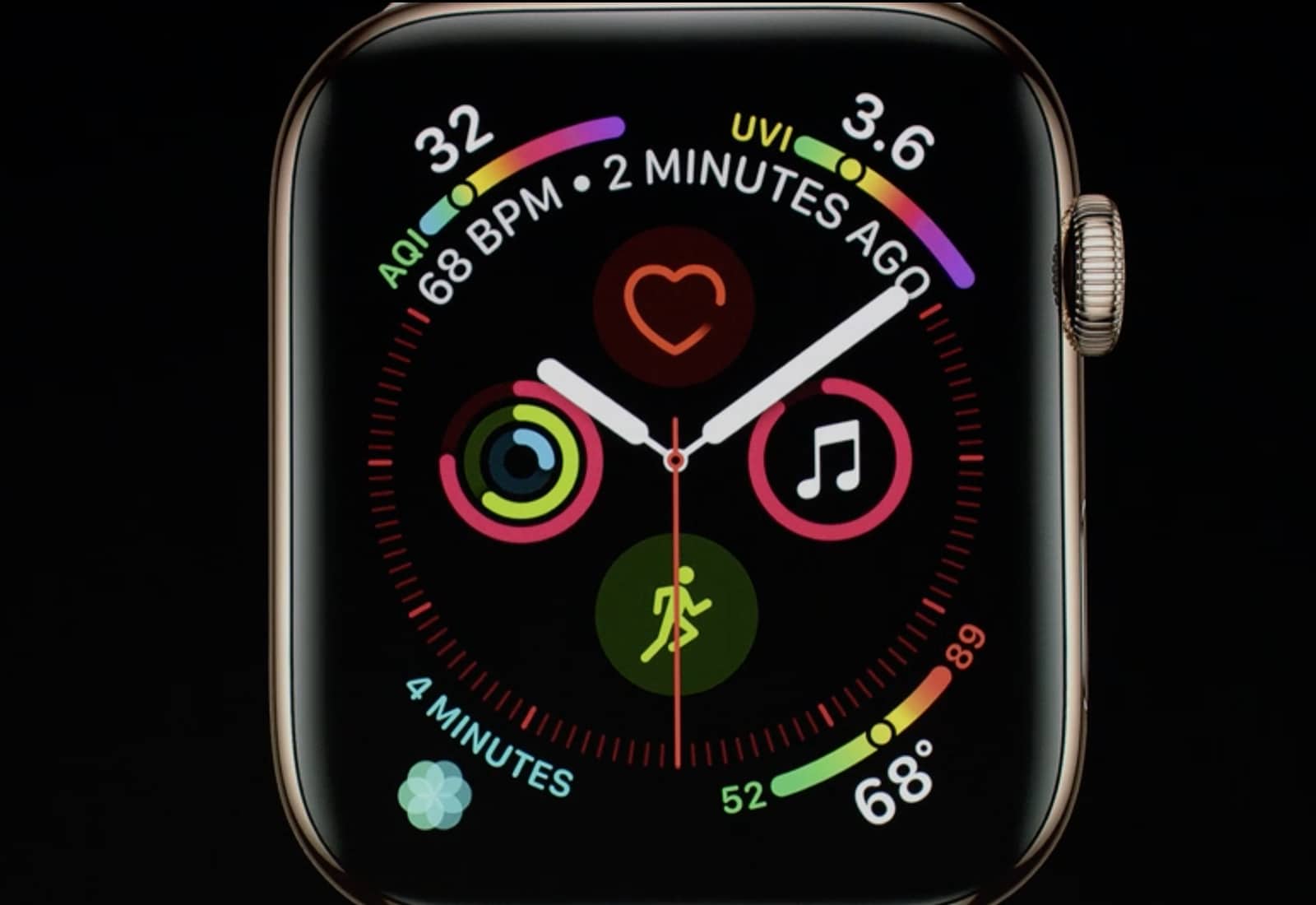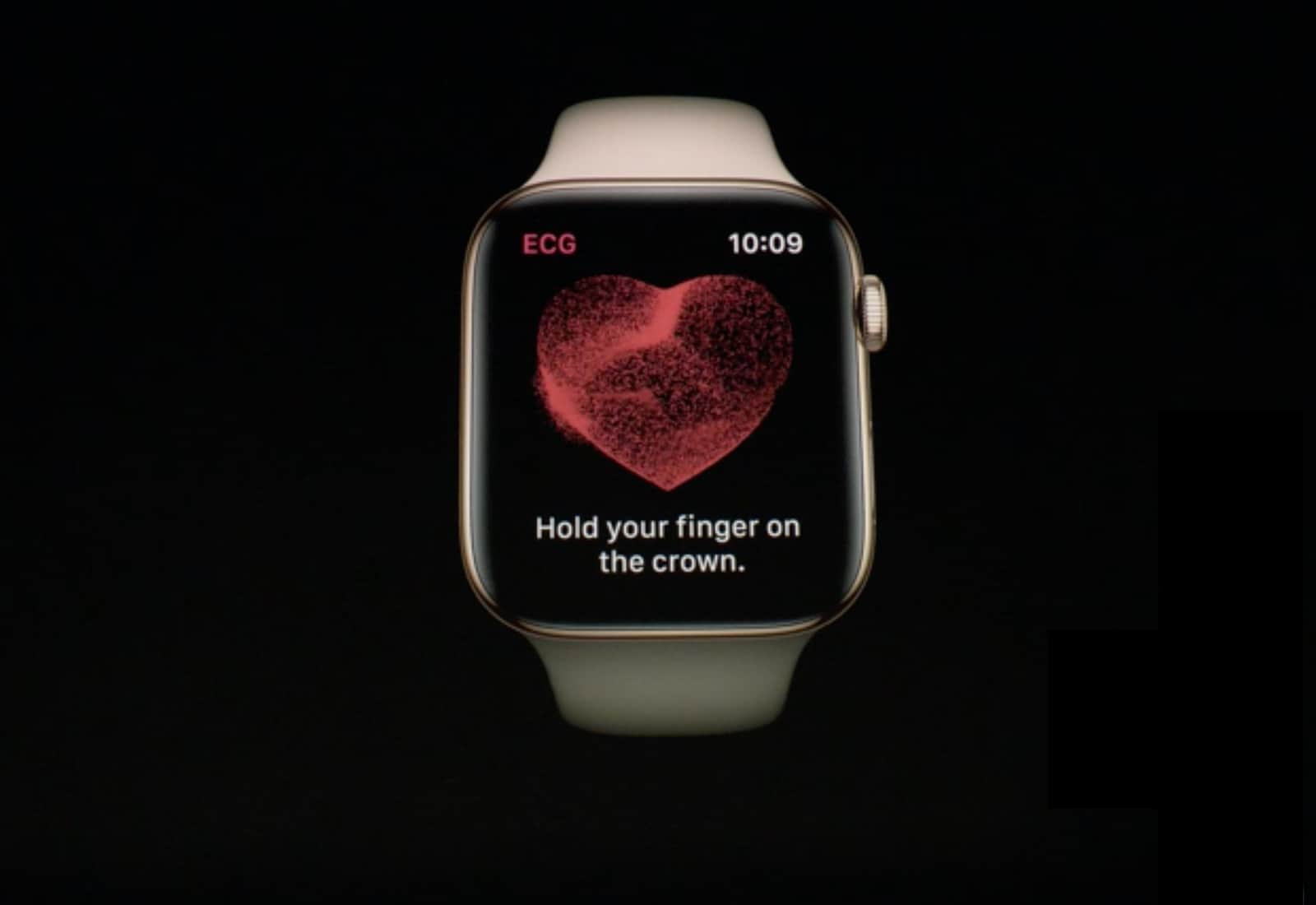Can Apple Watch Series 4’s fall-detection feature tell when you have fallen in love? I hope so, because I’ve really fallen for it. Big-time. I haven’t felt this way about an Apple Watch since my first love, the original model, was announced back in 2014.
It’s not just the sleek new design. Nor the spacious new screen. It’s not even the breakthrough new health features. It’s when you combine them all together. It defies all logic and reason that Cupertino managed to cram so much awesomeness into such a tiny, beautiful package.
I can’t wait to strap an Apple Watch Series 4 onto my wrist next Friday and take it for a run. But until then, here are my first thoughts on this exciting new direction for Apple Watch.
Apple Watch Series 4 looks much thinner, but actually it’s not
This year, Cupertino gave its wearable exactly the visual refresh it needed. It is still distinctively and recognizably Apple Watch, but now it’s more refined and sleeker. This streamlined new look has tricked many into believing it’s the slimmest Apple Watch yet, but that’s actually not the case.
The Series 1 model was 10.5mm thick. Series 2 and 3 expanded to 11.4mm to make room for GPS. Series 4 shrank back down to 10.7mm, but that means it remains 0.2 millimeters thicker than the original Apple Watch.
In practice, this probably doesn’t make much difference. The increase in thickness between Series 1 and 2 was hardly noticeable anyway. It just goes to show that there’s more to a slim appearance than a reduction in dimensions. It’s the finessed design, with a screen that goes right up to the edge of the devices, that gives Series 4 its slender appearance.
Apple Watch strap compatibility
Despite these design changes, Apple Watch Series 4 is still compatible with all the original straps. That’s great news if, like me, you’ve made a big investment in Apple Watch straps over the years. I still have my Apple steel link bracelet from my original watch, so I plan to buy a new stainless steel Series 4 with a cheap sport band and swap it out.
(It’s also great news for the Cult of Mac Watch Store, which offers a range of stylish, innovative and affordable third-party Apple Watch bands that would be perfect for your shiny new Series 4.)
‘The back of this thing looks better than the front of the other guy’s’
Steve Jobs once proudly observed that the back of the original iMac looked better than the front of its competitors. The same is true of Apple Watch Series 4. Made entirely of black ceramic and sapphire crystal, it has just one optical heart sensor in the center. (Previous models had four.) This is surrounded by circular electrodes which are part of the new electrical heart sensor.
What is most striking about the new rear design is its use of ceramic, which allows radio waves to pass through the back of the device as well as the front, allowing for improved cellular reception. I’m hoping this may also mean better GPS reception for the Workout app.
This change to the back makes the new Apple Watch more closely resemble the iPhone X design, with glass/sapphire/ceramic sheets sandwiching the components at the front and back, surrounded by a ring of steel at the sides.

Photo: Apple
Getting around the problem of rounded corners
The ring of steel is not the only design element that Series 4 shares with iPhone X. Like the display of Apple’s high-end smartphone, Apple Watch’s screen now has rounded corners. (Although mercifully it has not adopted the notch as well).
This presents some interesting challenges for Watch app designers. Previously, Apple instructed developers to make their designs go right up to the edge of the Watch screen. The reason? That edge was invisible like an infinity pool, blending seamlessly with the black bezel that surrounded it. So why waste any pixels with superfluous margins?
But with Series 4, that is no longer the case. Apple’s Human Interface Guidelines now specify Minimum Layout Margins developers must observe to ensure content is not clipped off by the rounded corners.
When scrolling with a Series 4, interface elements are automatically nudged up to ensure they don’t stray out of the safe area. While this prevents clipping, it has the drawback of leaving a blank space at the bottom of the screen.
Personally, I like the rounded corners. Plus, I think it’s probably the only way Apple could have made the screen larger while keeping the device small. The change presents some new challenges for developers when designing Apple Watch apps, but it’s still a far better shape to design for than the circular screens of Samsung watches.

Photo: Apple
Legacy Apple Watch apps appear smaller in the center of the screen
Apple is encouraging third-party developers to update their apps to take advantage of the larger screen size.
There are now a total of four screen sizes that developers must support for Apple Watch. The original small and large sizes (38mm and 42mm) and the new Series 4 sizes (40mm and 44mm). Since the large Series 3 is almost exactly the same pixel dimensions as the small Series 4, (312 x 390px versus 324 x 394px), that means practically speaking there are now three sizes to design for.
Fortunately, while developers scramble to get their acts together, legacy apps will work OK on Series 4 (as long as they are native). They just appear a bit smaller in the middle of the screen with large black borders. (This is much like the way that apps not optimized for iPhone X appear with black bars at the top and bottom.)
Bigger Apple Watch screen, more complications
If, like me, you’re getting old and your eyesight is not what it was, then the obvious thing to do with the larger screen size is just to zoom up everything to make it easier to see. But Cupertino has chosen to take a different route with its new Infograph Apple Watch face, which packs in no less than eight complications.
To my taste, this looks seriously cluttered. Especially with the lurid, clashing colors that our CultCast host Erfon Elijah so eloquently described as unicorn puke. It’s an uncharacteristic design misstep for a product that in every other respect looks so beautiful. Fortunately, there are still plenty of other watch faces to choose from.
The new Infograph Modular watch face (not to be confused with the standard Infograph) also caught my eye. This can display real-time data, like Activity and Heart Rate, in charts in the middle of the Apple Watch face. This could prove really useful, and it will be interesting to see how third-party apps use it.

Photo: Apple
The Digital Crown finally clicks — it’s more for selecting than zooming
The changes in the Apple Watch Series 4 user interface go beyond looks, too. Apple added haptic feedback to the Digital Crown, giving it a distinctive clicking feel when you turn it.
This change is more significant than it might sound.
When it was originally conceived, one of the main purposes of the Digital Crown was for zooming. The multitouch pinch gesture from iOS was not possible to implement on Apple Watch, because the screen is just too small to see if you place two fingers on it.
So Apple came up with the Digital Crown as an alternative. That’s why the grid view of the App Launcher zooms in when you turn it. The Photos and Maps app also still support zooming with the Digital Crown, but in most cases, it is now just used for scrolling and selecting options in pickers.
This new haptic feedback will make the Digital Crown much better for pickers, giving you a clicky feeling as you scroll past each option.
Measuring runs with increased precision
I’m very happy with the accuracy of the distance estimates I get from my Series 3 Apple Watch when I go for a run. But the workout route mapping and pace estimates are not so great. Back in June, I predicted that Series 4 would fix this with more accurate GPS.
As it turns out, Apple made no such promises at yesterday’s Gather Round product event. But the soothing, disembodied voice of Jony Ive in the Apple Watch Series 4 promo video did claim that the next-generation accelerometer and gyroscope — which now boast twice the dynamic range, up to 32 g-forces and sample eight times faster — will allow you to “measure runs with increased precision.”
I’m hoping that this, combined with the redesigned back of the device allowing GPS radio waves to pass through, will result in some big improvements to the Workout app’s route mapping and pace estimates.
Another important step forward for runners is the extended battery life during workouts. Series 4 now lasts for up to six hours, which should be enough time for most marathon runners.
Apple Watch is looking healthier than ever
For anyone with elderly relatives, Series 4 looks like a thoughtful gift this holiday season, thanks to its new fall-detection feature. Personally, I wish I could persuade my parents to wear them. However, since they still rely on their landline phone, refusing to even own a cellphone, that seems unlikely to happen.
The real show-stopping feature of Series 4 is the ECG app, which uses the new built-in electrical heart rate sensor to monitor your heart’s rhythm for signs of atrial fibrillation. This won’t replace the need for the conventional 12-lead ECG test, which is the gold standard used by doctors. But the implications of having it built into a consumer device that you wear all the time are massive.
As Dr. Ivor J. Benjamin, president of the American Heart Association, explained during yesterday’s event, “People often report symptoms that are absent during their medical visits.” In other words, you might experience heart palpitations, but they magically vanish when you walk into the doctor’s office hoping to get the problem diagnosed.
The ECG app will enable you to immediately run a test if you experience palpitations. It then generates a PDF report you can give to your doctors to show them what’s really going on. For anyone with a heart condition, this could be life-changing and incredibly reassuring.
I do wonder, though, what impact it might have on people who are otherwise well. Running medical tests is not always a good idea. If you are not sick, some tests can result in over-diagnosis and anxiety. It will be interesting to see how Apple manages this situation by presenting the data in a responsible way. My personal view, as a reformed hypochondriac, is that if you’re not sick, you should not subject yourself to unnecessary tests.
A Swiss Army knife and a running buddy
These are just my favorite new features of Apple Watch Series 4, and I’ve really only scratched the surface. I haven’t even mentioned the new 64-bit, dual-core processor, which offers twice the performance of its predecessor, for example.
I find it genuinely mind-boggling how many completely different things Apple crammed into this one tiny device. You can pay for your groceries with it. Listen to music. Phone home. Talk to Siri. And now even run an ECG test. It seems more like science fiction than reality.
But for all it’s many amazing new features, for me, Apple Watch is, and always will be, about running. It’s my faithful running buddy, and I can’t wait to take the latest version out for a jog next week.


